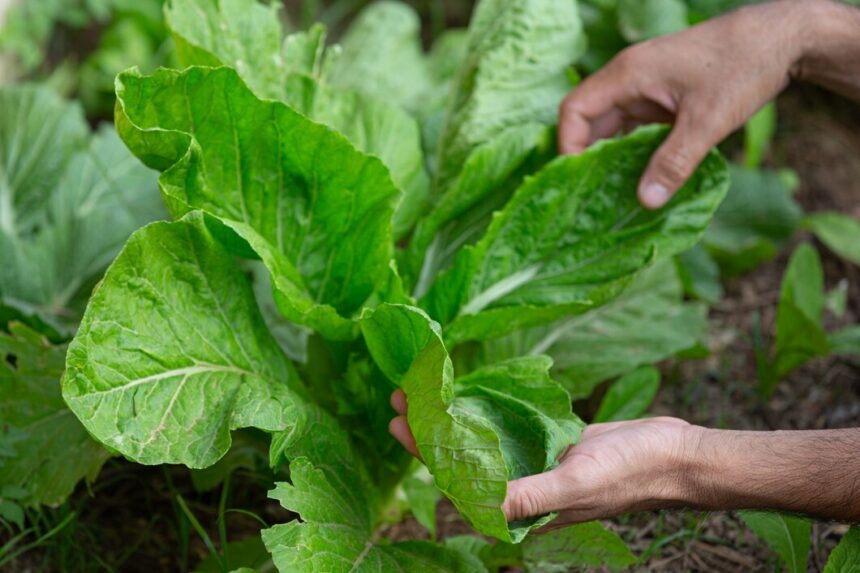Swiss chard, a nutritious leafy green vegetable known for its vibrant colors and health benefits, can thrive in the diverse climates of South Africa with proper cultivation techniques. To maximize both quality and yield, farmers can employ several effective strategies tailored to local conditions.
1. Selecting Optimal Varieties:
Choosing the right variety of Swiss chard is crucial for success in South Africa’s varied climate zones. Varieties like Fordhook Giant and Bright Lights are well-suited to different regions, offering robust growth and high-quality leaves.
2. Preparing the Soil:
Prior to planting, ensure the soil is well-drained, rich in organic matter, and has a pH level between 6.0 and 7.0. Incorporating compost or well-rotted manure helps improve soil structure and fertility, promoting healthy root development and nutrient uptake.
3. Timing and Planting:
Swiss chard grows best in cool seasons, making it ideal for planting in South Africa during late summer to early autumn or early spring. Sow seeds directly into prepared beds or start seedlings indoors for transplanting, ensuring spacing of 15-30 cm between plants.
4. Water Management:
Maintaining consistent moisture levels is essential for Swiss chard. Irrigate regularly, especially during dry periods, to prevent stress and ensure steady growth. Drip irrigation systems or soaker hoses minimize water waste and help keep foliage dry, reducing the risk of disease.
5. Fertilization:
Apply balanced fertilizers with nitrogen, phosphorus, and potassium according to soil test recommendations or general guidelines. Side-dress with nitrogen during early growth stages to support leafy development. Organic options like compost tea can also enrich the soil without chemical inputs.
6. Weed and Pest Control:
Keep beds weed-free through regular cultivation or mulching to prevent competition for nutrients and reduce pest habitat. Monitor for common pests such as aphids and leaf miners, using integrated pest management (IPM) strategies like beneficial insects or organic sprays when necessary.
7. Harvesting Techniques:
Harvest Swiss chard leaves when they reach 6-8 inches in length, cutting outer leaves near the base to encourage continued production from the center. Regular harvesting promotes plant vigor and prevents leaves from becoming overly mature and tough.
8. Post-Harvest Handling:
Handle harvested Swiss chard gently to avoid bruising or damage. Wash leaves thoroughly in cold water to remove dirt and debris, then store in perforated plastic bags in the refrigerator. Proper storage maintains freshness and extends shelf life for market sales or home consumption.
9. Crop Rotation and Soil Health:
Rotate Swiss chard with other crops annually to prevent soil depletion and minimize disease buildup. Cover cropping with nitrogen-fixing legumes during off-seasons enhances soil fertility and structure, preparing beds for subsequent plantings.
10. Continuous Monitoring and Adaptation:
Regularly monitor plant health, soil moisture, and pest presence throughout the growing season. Adjust management practices as needed based on local weather patterns and crop performance to optimize yield and quality.
By implementing these techniques tailored to South African conditions, farmers can enhance both the quality and yield of Swiss chard, ensuring a sustainable and productive crop for local markets and communities.
Join 'Farmers Mag' WhatsApp Channel
Get the latest Farming news and tips delivered straight to your WhatsApp
CLICK HERE TO JOIN






